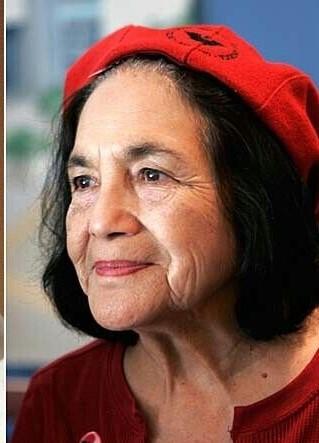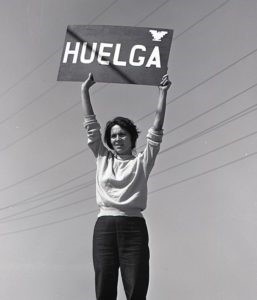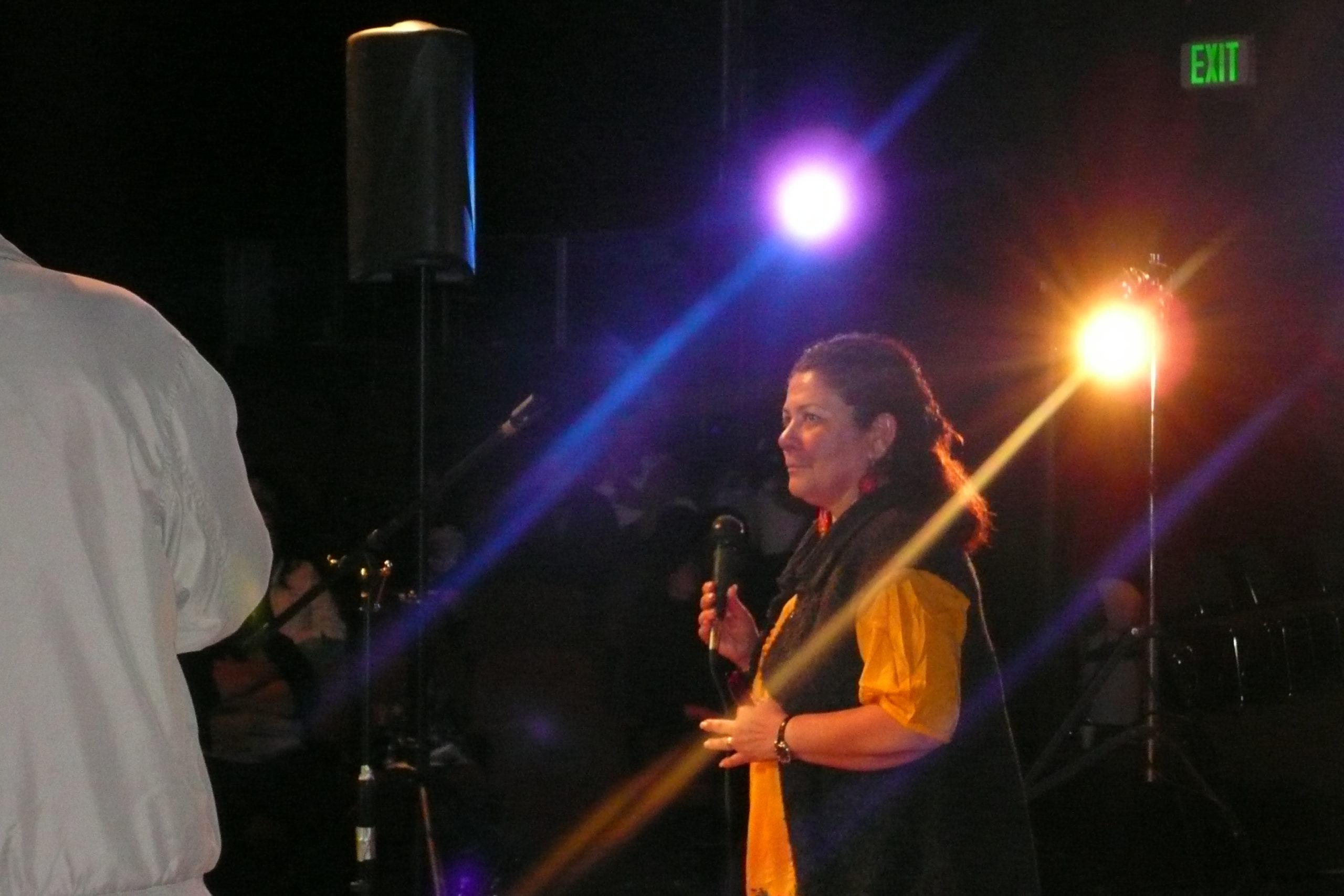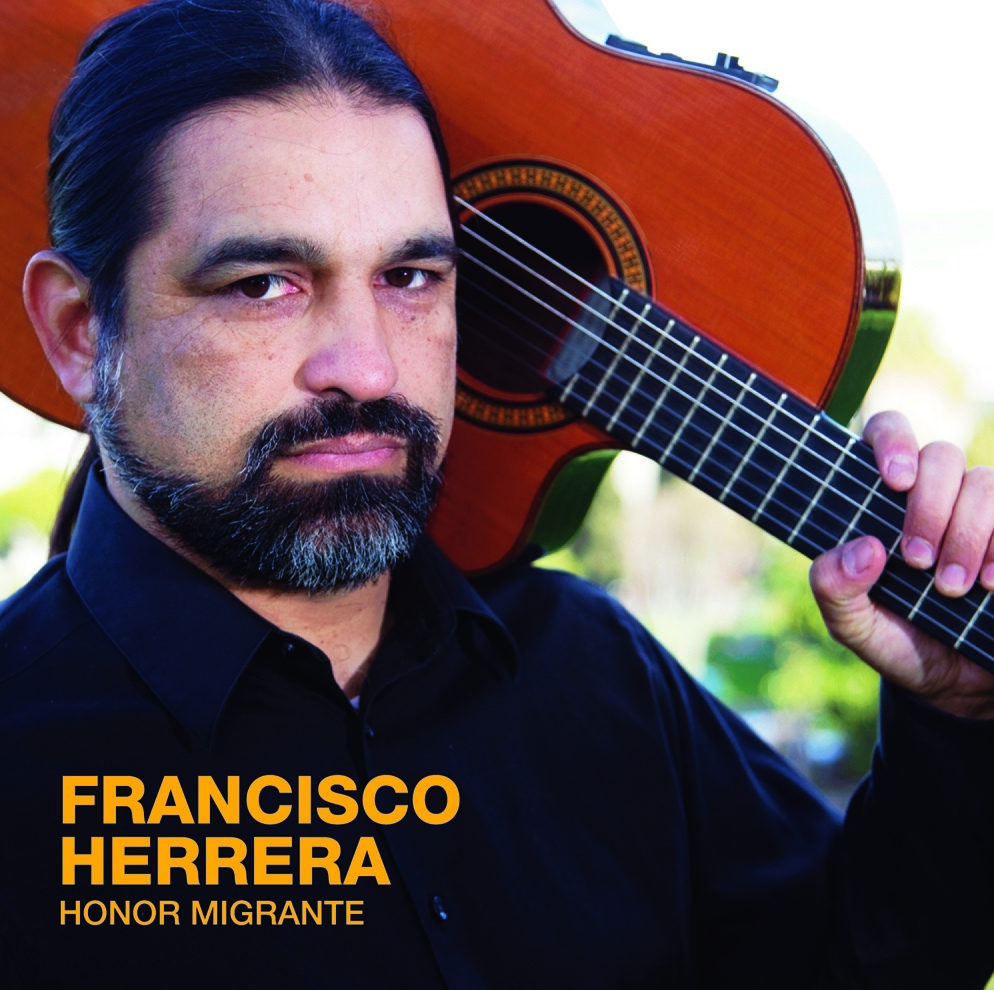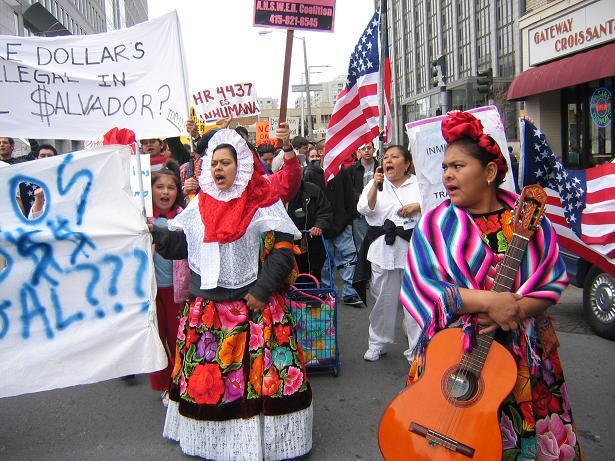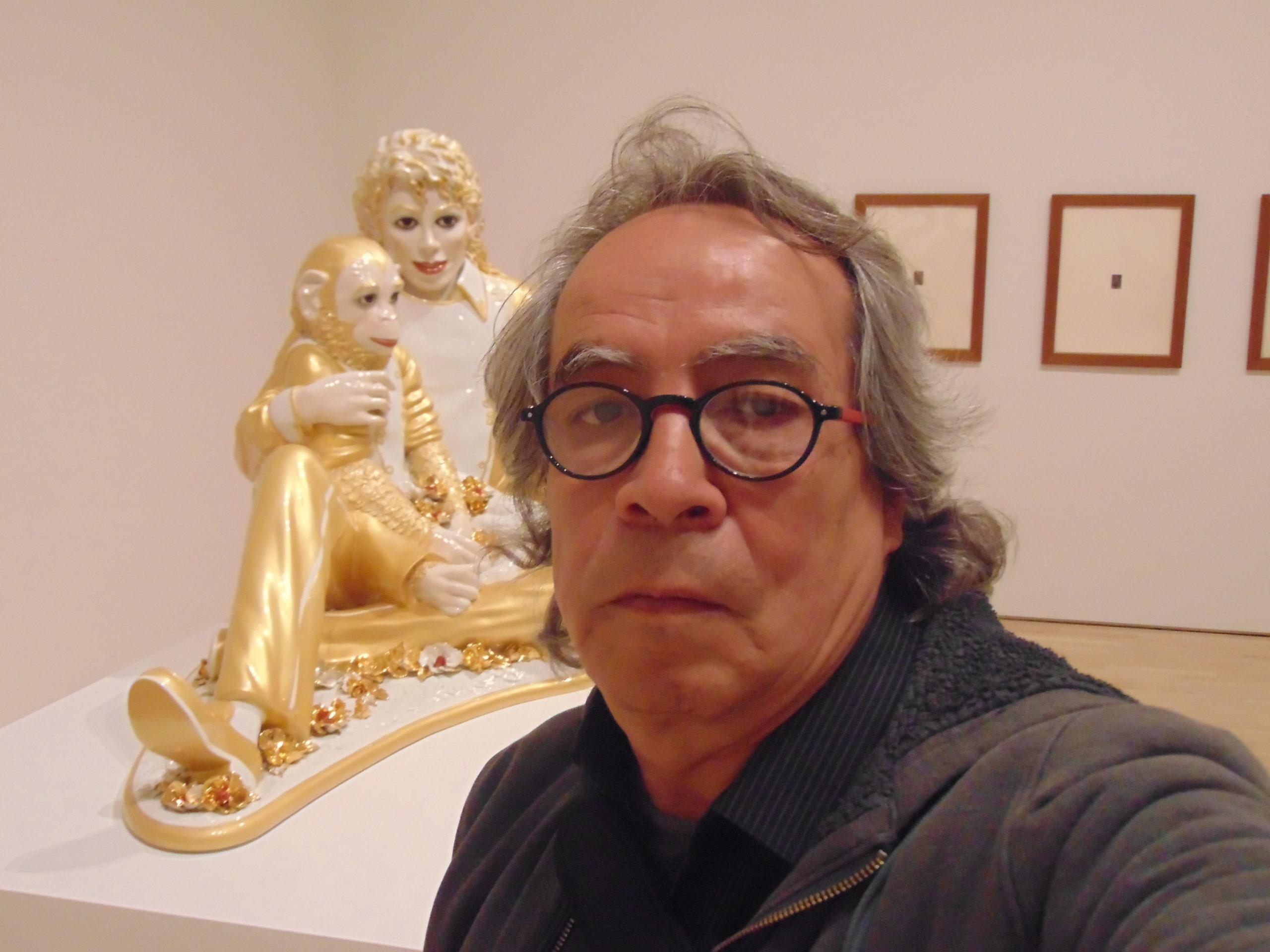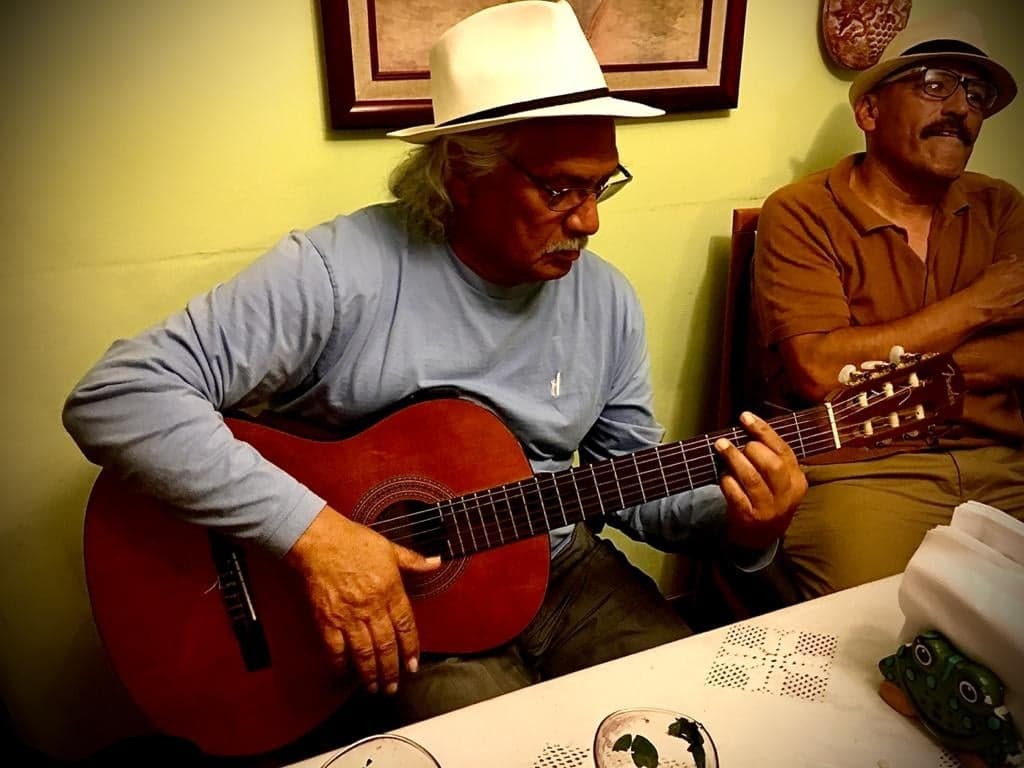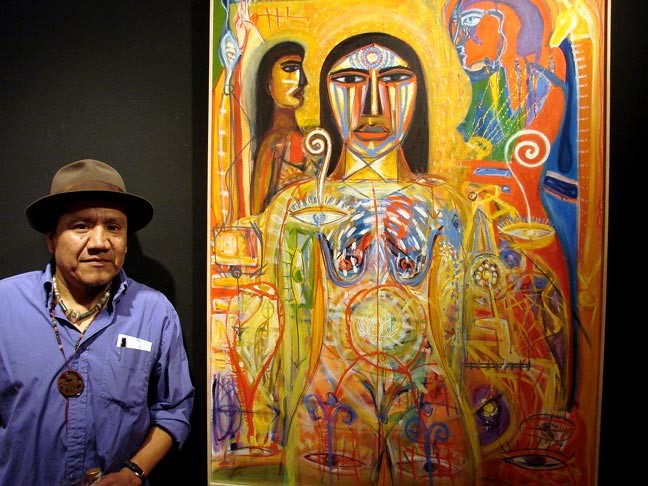Guest speakers
Dolores Huerta – Founder of the Dolores Huerta Foundation and co-founder of the United Farm Workers
Dolores Clara Fernandez was born on April 10, 1930 in Dawson, a small mining town in the mountains of northern New Mexico. Her father Juan Ferånández, a farm worker and miner by trade, was a union activist who ran for political office and won a seat in the New Mexico legislature in 1938. Dolores spent most of her childhood and early adult life in Stockton, California where she and her two brothers moved with their mother, following her parents’ divorce.
According to Dolores, her mother’s independence and entrepreneurial spirit was one of the primary reasons she became a feminist. Dolores’ mother Alicia was known for her kindness and compassion towards others. She offered rooms at affordable rates in her 70 room hotel, which she acquired after years of hard work. Alicia welcomed low-wage workers in the hotel, and often, waived the fee for them altogether. She was an active participant in community affairs, involved in numerous civic organizations and the church. Alicia encouraged the cultural diversity that was a natural part of Dolores’ upbringing in Stockton. The agricultural community where they lived was made up of Mexican, Filipino, African-American, Japanese and Chinese working families.
Alicia’s community activism was reflected in Dolores’ involvement as a student at Stockton High School. She was active in numerous school clubs, was a majorette, and a dedicated member of the Girl Scouts until the age of 18. Upon graduating Dolores continued her education at the University of Pacific’s Delta College in Stockton earning a provisional teaching credential. During this time she married Ralph Head and had two daughters, Celeste and Lori. While teaching she could no longer bear to see her students come to school with empty stomachs and bare feet, and thus began her lifelong journey of working to correct economic injustice.
An Organizer is Born
Dolores found her calling as an organizer while serving in the leadership of the Stockton Community Service Organization (CSO). During this time she founded the Agricultural Workers Association, set up voter registration drives and pressed local governments for barrio improvements. It was in 1955 through CSO founder Fred Ross, Sr. that she would meet a likeminded colleague, CSO Executive Director César E. Chávez. The two soon discovered that they shared a common vision of organizing farm workers, an idea that was not in line with the CSO’s mission.
As a result, in the spring of 1962 César and Dolores resigned from the CSO, and launched the National Farm Workers Association. Dolores’ organizing skills were essential to the growth of this budding organization. The challenges she faced as a woman did not go unnoted and in one of her letters to Cesar she joked…”Being a now (ahem) experienced lobbyist, I am able to speak on a man-to-man basis with other lobbyists.”
The first testament to her lobbying and negotiating talents were demonstrated in securing Aid For Dependent Families (“AFDC”) and disability insurance for farm workers in the State of California in 1963, an unparalleled feat of the times. She was also instrumental in the enactment of the Agricultural Labor Relations Act of 1975. This was the first law of its kind in the United States, granting farm workers in California the right to collectively organize and bargain for better wages and working conditions.
While the farm workers lacked financial capitol they were able to wield significant economic power through hugely successful boycotts at the ballot box with grassroots campaigning. As the principal legislative advocate, Dolores became one of the UFW’s most visible spokespersons. Robert F. Kennedy acknowledged her help in winning the 1968 California Democratic Presidential Primary moments before he was shot in Los Angeles. Throughout the years she has worked to elect numerous candidates including President Clinton, Congressman Ron Dellums, Governor Jerry Brown, Congresswoman Hilda Solis and Hillary Clinton.
Women’s Liberation
As much as she was Cesar’s right hand she could also be the greatest thorn in his side. The two were infamous for their blow out arguments an element that was a natural part of their working relationship. Dolores viewed this as a healthy and necessary part of the growth process of any worthwhile collaboration. While Dolores was busy breaking down one gender barrier after another, she was seemingly unaware of the tremendous impact she was having on, not only farm worker woman but also young women everywhere.
While directing the first National Boycott of California Table Grapes out of New York she came into contact with Gloria Steinem and the burgeoning feminist movement who rallied behind the cause. Quickly she realized they shared much in common. Having found a supportive voice with other feminists, Dolores consciously began to challenge gender discrimination within the farm workers’ movement.
Non-Violence Is Our Strength
Early on, Dolores advocated for the entire family’s participation in the movement. After all it was men, women and children together out in the fields picking, thinning and hoeing. Thus the practice of non-violence was not only a philosophy but a very necessary approach in providing for the safety of all. Her life and the safety of those around her were in jeopardy on countless occasions. The greatest sacrifice to the movement was made by five martyrs all of whom she knew personally.
At age 58 Dolores suffered a life-threatening assault while protesting against the policies of then presidential candidate George Bush in San Francisco. A baton-wielding officer broke four ribs and shattered her spleen. Public outrage resulted in the San Francisco Police Department changing its policies regarding crowd control and police discipline and Dolores was awarded an out of court settlement.
Following a lengthy recovery she took a leave of absence from the union to focus on women’s rights. She traversed the country for two years on behalf of the Feminist Majority’s Feminization of Power: 50/50 by the year 2000 Campaign encouraging Latina’s to run for office. The campaign resulted in a significant increase in the number of women representatives at the local, state and federal levels. She also served as National Chair of the 21st Century Party founded in 1992 on the principles that women make up 52% of the party’s candidates and that officers must reflect the ethnic diversity of the nation.
Her Second Wind
At 89, Dolores Huerta continues to work tirelessly developing leaders and advocating for the working poor, women, and children. As founder and president of the Dolores Huerta Foundation, she travels across the country engaging in campaigns and influencing legislation that supports equality and defends civil rights. She often speaks to students and organizations about issues of social justice and public policy.
There are thousands of working poor immigrants in the agriculture rich San Joaquin Valley of California. They are unfamiliar with laws or agencies that can protect them or benefits that they are entitled to. They are often preyed upon by unscrupulous individuals who take advantage of them. They often feel hopeless and unable to remedy their situations.
Dolores teaches these individuals that they have personal power that needs to be coupled with responsibility and cooperation to create the changes needed to improve their lives.
It is rarely practiced today because it is tedious and time consuming. However, the results are long lasting and while people are in the process of building organization, they are learning lessons they will never forget and the transformative roots are planted. The fruit is the leadership that is developed and the permanent changes in the community. In other words, this is how grass roots democracy works.
Recognition And Awards
There are four elementary schools in California, one in Fort Worth, Texas, and a high school in Pueblo, Colorado named after Dolores Huerta.
She was inducted into the California Hall of Fame in March of 2013. She has received numerous awards: among them The Eleanor Roosevelt Humans Rights Award from President Clinton in l998, Ms. Magazine’s One of the Three Most Important Women of l997, Ladies Home Journal’s 100 Most Important Woman of the 20th Century, The Puffin Foundation’s Award for Creative Citizenship: Labor Leader Award 1984, The Kern County Woman of The Year Award from the California State Legislature, The Ohtli Award from the Mexican Government, The Smithsonian Institution – James Smithson Award, and Nine Honorary Doctorates from Universities throughout the United States.
In 2012 President Obama bestowed Dolores with her most prestigious award, The Presidential Medal of Freedom, the highest civilian award in the United States. Upon receiving this award Dolores said, “The freedom of association means that people can come together in organization to fight for solutions to the problems they confront in their communities. The great social justice changes in our country have happened when people came together, organized, and took direct action. It is this right that sustains and nurtures our democracy today. The civil rights movement, the labor movement, the women’s movement, and the equality movement for our LGBT brothers and sisters are all manifestations of these rights. I thank President Obama for raising the importance of organizing to the highest level of merit and honor.”
Elvia Villescas – Co-founder of Las Hormigas of Ciudad Juarez
Nació en Ciudad Juárez, Chihuahua, México, el 1 de enero de 1961. Estudió en la UNAM en la Facultad de Filosofía y Letras la carrera de Lengua y Letras Hispánicas. Trabajó 15 años como maestra y asesora de adolescentes y jóvenes. Por opción personal en el año 2000 se trasladó a vivir a Anapra, la última colonia marginada del norponiente de Ciudad Juárez, frontera inmediata con El Paso, Texas.
En 2002 fundó, junto con Linabel Sarlat Flores, la Organización “Las Hormigas” Comunidad en Desarrollo A.C. para colaborar en la búsqueda de la salud emocional y social de los habitantes de esta zona de Ciudad Juárez y acompañarles en sus procesos de reconstrucción de sus vidas. En el 2008 terminó la maestría en Psicoterapia Gestalt.
Actualmente promueve proyectos de crecimiento y dignificación entre los habitantes de la zona norponiente de la ciudad, además de atender a las personas en psicoterapia y coordinar los proyectos de “Las Hormigas.”
Born in Ciudad Juárez, Chihuahua, Mexico, on January 1, 1961, she studied at the UNAM in the School of Philosophy and Letters with an emphasis on Language and Spanish Literature. She spent 15 years as a teacher and adviser to adolescents and youth.
In 2000 she moved to Anapra, the last neighborhood in the northwest margin of Juarez, on the immediate border with El Paso, Texas.
In 2002 she founded, along with Linabel Sarlat Flores, the organization Las Hormigas (“Ants”) Community in Development to assist inhabitants of this area of Ciudad Juarez in their search for emotional and social health and support them in their process of rebuilding their lives.
In 2008 she completed a MA in Gestalt Psychotherapy.
Currently she promotes projects for personal growth and dignity among the people of the northwest area of the city, in addition to caring for people in psychotherapy and coordinating projects of Las Hormigas.
Musicians
Diana Gameros
Diana Gameros – Singer, Composer, Social Justice Activist (Berkeley, CA / Ciudad Juarez, MX)
“Gameros’ steady fingerpicking and elegantly simple melody create a calm within the storm, a safe place for big questions and long-ailing wounds that transcend any news cycle.” – NPR
If difficult times call for extraordinary voices, Berkeley singer-songwriter Diana Gameros is the woman for the hour. The Mexican-born songstress draws on her long experience without papers to explore the plight of border crossers of all stripes, bringing luminous humanity to a topic defined by searing heat rather than light. Her albums, Eterno Retorno, and Arrullo, are an artistic triumph for these dark times. Gameros has shared the stage with the San Francisco Symphony, Taylor Mac, Bebel Gilberto, Natalia Lafourcade, and her songs and story have been featured on Billboard, Mother Jones, NPR, and PBS, to name a few.
Diana’s list of ways to help others during COVID-19 crisis: How Do We Take Care of Each Other?
Dear Homeland documentary trailer.
Album “Arrullo” – Listen to or buy
Francisco Herrera
Growing up in the border town of Calexico, California, Francisco Herrera always straddled two worlds. “My siblings and cousins and I used to sing rancheras and some mariachi at family parties, and when we got a little older we started some garage rock bands,” he recalls of his early musical exploits. But as he became more involved in the church and in particular with the Latin American school of Liberation Theology, Herrera began exploring ways to use music to further his goals of social justice. Herrera traveled extensively throughout Latin America working with community organizations even as he finished his four years at seminary school, all the while toting his guitar and whipping it out for events, actions, and church meetings. “Reflection, meditation, prayer, all those things are important. But they’reimportant so you can play a role here to make social change. De ahí nacen all those misas that have a social message.” He deftly weaves between English and Spanish as he explains the philosophy of Liberation Theology as he sits under portraits of his two heroes, Che Guevara and Monseñor Oscar Romero, the Salvadoran archbishop who was assassinated in 1980. Francisco Herrera’s most recent album, Honor Migrante, is full of songs that reflect his passion for social justice. The themes rangefrom immigrant rights to globalization, and the music itself crosses genre borders from traditional-sounding norteño and corrido tunes to post-modern electro-cumbia and Latin Rock wet with soulful vocals, wailing electric guitars, and a ripping Fender-Rhodes solo. All these sounds are melded smoothly together by veteran super-producer Greg Landau (Maldita Vecindad, Susana Baca) who met Herrera in the late 1980s on the Nueva Cancion circuit. His cd is available in the donate tab of livingwage-sf.org
Elizabeth Esteva
Elizabeth was born in Tehuantepec, Oaxaca, in a beautiful little neighborhood called “Barrio Santa Cruz.” Elizabeth came to live in San Francisco in 1993. In 1996, she started singing together with her sister, to educate people about their culture. Besides Spanish, Elizabeth sings in Zapotec, one of the indigenous languages of Oaxaca. She performs songs that speak of the love of justice and change.
Diego Sardaneta
Diego Sardaneta is a composer and musician who was born and raised in Mexico. From an early age, Diego taught himself to play several instruments, primarily the drums and guitar. For years, he played drums with different groups in jazz festivals throughout Mexico. He now focuses on guitar, and he has written and composed many gypsy guitar melodies.
Enrique Ramirez
Enrique is a a lawyer/musician who has defended the immigrant community and fought against injustice here in the U.S. and around the world. His songs are songs of struggle for a better tomorrow and to rid us of conditions that exploit our labor and deprive us of the freedom to realize our potential as human beings.
Poets
Rafael Jesús González – Poet Laureate of Berkley
Rafael Jesús González
rjgonzalez@mindspring.com
P. O. Box 5638
rjgonzalez.blogspot.com
Berkeley, CA 94705
510 841-5903
Rafael Jesús González taught Creative Writing & Literature, Laney College, Oakland where he founded the Mexican & Latin American Studies Dept., was Poet in residence at Oakland Museum of California and Oakland Public Library 1996. Thrice nominated for a Pushcart Prize, he was honored by the National Council of Teachers of English for his writing in 2003; in 2013 by Berkeley with a Lifetime Achievement; in 2017 named Berkeley’s first Poet Laureate. http://rjgonzalez.blogspot.com/
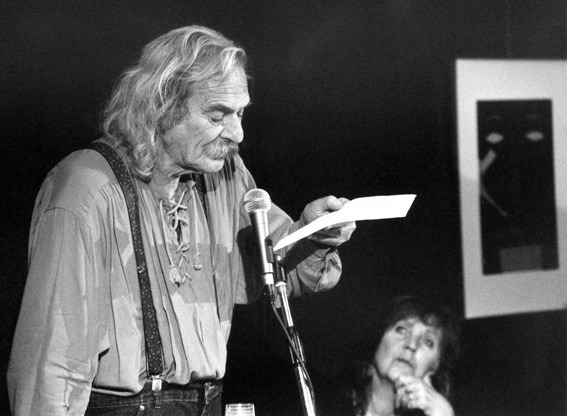
Jack Hirschman & Agneta Falk in Varese, Italy, 2007. Photograph by Sergio Sala.
Jack Hirschman – former Poet Laureate of San Francisco
Jack Hirschman
Emeritus Poet Laureate of San Francisco.
Founding member of Revolutionary Poets Brigade, 2009—
and World Poetry Movement in Medellin, Colombia 2011—
Translator of Poems Clandestinos by Roque Dalton
Artists
Calixto Robles
I am a printmaker, painter, and ceramic sculptor from Oaxaca, Mexico. My work is inspired by the myths, symbols, colors, and ancient traditions of Meso-America While in the midst of working these traditional influences arise spontaneously, accidentally, and in the moment. I use natural and supernatural figures such as angels, eagles, jaguars, horses, hearts, and moons.
Silk screen allows me to take advantage of textures and use brilliant and vivid colors. I make loose open screen marks combined with drawn and found images.
My focus in painting is to create textured complex, and magical realms. I rework the image many times completely changing the composition, subject matter, and color, until finally arriving at the finished piece. The paintings pass through many renditions and moods like daydreams.
Hand building in ceramics brings me back to the earliest memories I have of making art. It allows me to be in contact with this element earth which is so tactile, generous, and humble. My clay figures are inspired by my personal vocabulary that has been influenced by Pre-Columbian sculptures. I primarily use oxides to create natural earth tones.

Carina Lomeli
Born in the state of California in 1984, Carina Lomeli moved with her family to Santiago Tangamandapio, Michoacan, Mexico (1990-1994). In these years she was musically inclined and was involved heavily in church. In 1994 she again moved, to Phoenix Arizona (1994-2003), where she discovered her effortless ability to imagine and create visual stories. Teachers encouraged Carina to become a Fine Artist. The outcome has been that of revolution and struggle through acquiring all skills and tools to become a great artist and observer after graduating from the Academy of Art University. She has since worked with many artists, revolutionary organizations and has shown at Venues like the Mission Cultural Center for Latino Arts. Not only to make and show works of art but to also help the community that has been so supportive of a unique and challenging passion.
“As a Political, Impressionist and a Xicana Artist, my life requires the direct engagement in the community. I observe the world with concern for the future and express my anxiety in my paintings. I hope my works to be a point of conversation and inspiration for all that seek to change the current global system. A system that pushes war, debut, and hatred.”
This half Century, many manifestations have sprung up in many parts of the world. Carina had been following movements since the Migrant Rights march in 2006 and continues to participate in a wide range of manifestations that are anti-MONSANTO, anti-apartheid, anti-violence and anti-discrimination among many others. She expresses the importance of creativity and faith in Humanity as we together find the true meaning of justice, government and community.
lomeli@carinalomeli.com ~ www.CarinaLomeli.com
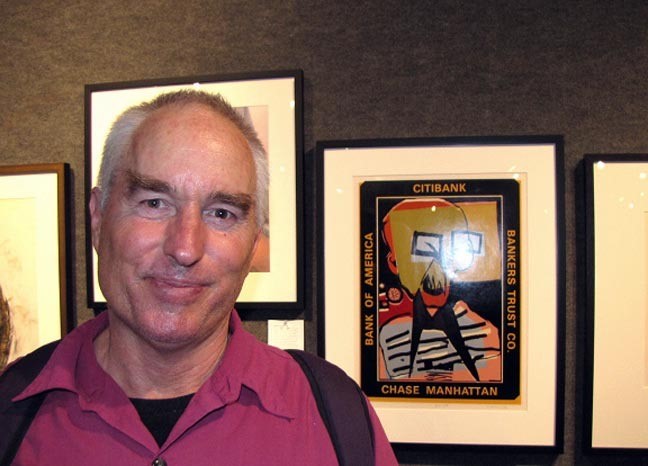
Doug Minkler
Both my parents were raised on farms in Nebraska often working someone else’s land for shares. During my childhood, my father worked in San Francisco as a foreman in a can factory, and my mother raised four kids and took in other peoples children for income. They chose to live in the city of Palo Alto, because of its public schools’ excellent reputation. Palo Alto had a middle-class white side and a black and brown East side; rarely did the two sides meet. Though I had few academic achievements in school, when I graduated high school I felt well equipped to understand the injustice of class and prejudice.
The artwork I created at Foothill Community College in the ’60s did not reflect my developing political consciousness except for one ceramic self-portrait. It depicted an image of myself blackened with Napalm burns. On the pedestal beside the work stood my singed draft card. One semester after completing the sculpture, I left for Canada, a country not at war with Viet Nam and without a military draft. At my immigration hearing I was asked, “What is your profession?” I replied, “artist.” The border official smiled and stamped my application, “Rejected.”
In 1969, with the help of the Hayward State College soccer coach, I entered California State University, East Bay, to study art. Again, one semester short of graduating with a degree, and unmoved by the draft board threats of jail, I dropped out of college anxious to become a practicing artist.
In order to pay for art supplies and necessities, I began a series of what I thought would be temporary factory jobs. At each job I was welcomed to the turbulent shop floor by organizers fluent in Marxist economics and with a serve-the-people art philosophy–all new to me. These dedicated activists were Black Panthers, communist revolutionaries and trade unionists. I soon found myself in the role of shop steward and participated in unionization drives, contract negotiations and strikes. This practical art and class education still guides my work today.
Romeo Osorio
Osorio’s life began here in San Francisco in 1947 as the son of an American father and a Salvadoran mother. Six months later, his parents divorced and Osorio ended up with his mother in Ilobasco, a town about 31 miles north east of San Salvador that is known for its ceramics. Osorio found the clay work “a kind of messy” art form and pursued other mediums, but his development stalled when he returned to the United States in 1966. He was 18 and the U.S. build up in Vietnam was underway. Instead of waiting to be drafted, Osorio enlisted in the Air Force.
“I learned to speak English during basic training,” he said. Even though he didn’t like mechanics he rose in rank because of his problem-solving skills. It’s an experience that would become important nearly a decade later. More immediately, Osorio finished his tour of duty in the early 1970s, and returned to San Francisco to become part of the Mission District’s growing cultural scene. “He wrote one the first essays in English about contemporary poetry from El Salvador,” said Professor Alejandro Murgía, a long time Mission District resident and one of the founders of Tin-Tin Magazine where the essays on poets such as the Salvadoran Roque Dalton were published. Osorio was also one of the founders of the Mission Cultural Center for Latin American Arts. At the end of the 1970s, Osorio traveled to El Salvador to open a gallery of fine art but his timing was bad. After a year the government closed his place, Arte Foro, and his friends started to vanish, he said.Once again, Osorio joined the military. This time it was one of he five rebel groups that made up the Farabundo Marti Liberation Front or FMLN. “I had to live in a clandestine way during 12 years” he said. There too, he did well, rising to become a rebel commander. After the war ended in 1992, Osorio became part of a controversy over the American advisers stationed in El Salvador. In a 1995 segment of 60 minutes, Osorio agreed with other U.S. advisers and said the American servicemen stationed in El Salvador during the more then decade long civil war were critical to the government’s war effort.
In fact, Osorio told the co-host Ed Bradley, the rebels wanted to highlight the combat role U.S. advisors played. He later denied having any direct role in targeting American military advisors and U.S. investigators agreed. After the war, Osorio lived in San Francisco and pursued his art, experimenting with resin and plastic, but always maintaining his connections in El Salvador’s cultural community.
-Excerpt from “U.S. Air Force, Salvadoran Rebel, Artist” by Luis R. De La Torre in Mission Local

David Duckworth
I am a 58-year-old artist, curator and cultural historian. I relocated to San Francisco from New York in 2008, leaving a well-paying job to discover underemployment and unemployment in a city that fascinates me. Following a period of homelessness I am housed now, but see longtime residents being evicted landlords attempting to cash in on skyrocketing real estate values.

Sara Thustra
Thustra (or Z, as he is known to most friends) sets his sights on the greed and prejudices of power-mongering monsters whenever he has the time – which is just about whenever. His paintings are no exception. In 2003 Z took part in the third installment of “Bay Area Now,” where his installation collaboration with Carolyn Ryder Cooley and the great Stormy Knight was perhaps the only overtly politically engaged work. Since then, he’s made some eye-grabbing zines, added his own distinct touch of equine beauty to San Francisco streets, and continued to hone his vision on clothes, paper, and other materials. Following in the footsteps of Matt Gonzalez, Sup. Ross Mirkarimi’s City Hall art shows have found a true reason for being with Z’s “Free Dinner,” a series of works that have plenty to say about the space they currently occupy. When I met with Z in a shadowy Mission District air shaft to discuss his art, a bird tattoo graced one of his arms, and a curious cat peeked out through a window behind first his left shoulder, and then from a window behind his right one.
-Excerpt from: “Z marks the spot” by Johnny Ray Huston
in The San Francisco Bay Guardian
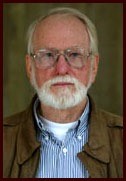
Rodger Scott
Rodger Scott has been a teacher at San Francisco City College since 1972 and has served on the Executive Board of AFT Local 2121 for more than 35 years. He is also a delegate to the San Francisco Labor Council. Rodger is a writer, photographer, and videographer.

